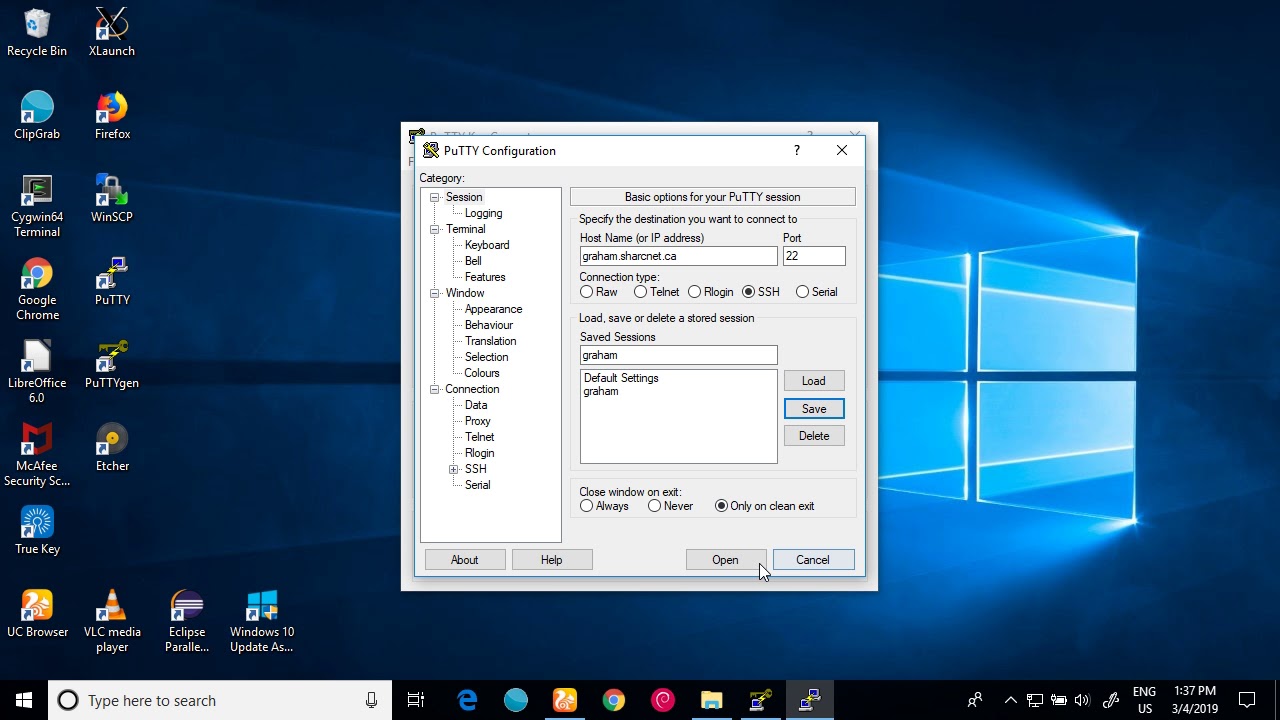

Or, alternatively, you can create an empty file called ssh on the boot partition of the SD card, and the Pi will automatically enable SSH when it boots (and remove the empty file). You can enable SSH on the Pi either by running the following commands on the Raspberry Pi: sudo systemctl enable sshsudo systemctl start ssh In this post, I'll explain how to enable SSH on the Pi, how to access the Pi via SSH using a Windows 10 development machine, and then how to enable passwordless SSH access to the Pi. One of the best ways to develop on the Pi is to use SSH from your main development machine, rather than having to use a keyboard/mouse and monitor attached to the Pi itself. My colleague, Jon, has already written up a post describing how to run Azure Functions in a Docker container on the Pi. Last week, everyone at endjin was presented with a Raspberry Pi 4, with the intention that we would go away and find cool stuff to do with it. Navigate to C:\Users\ your_username/.ssh.By Mike Larah Software Engineer III 19th September 2019 The system will generate the key pair, and display the key fingerprint and a randomart image. You’ll be asked to enter a passphrase. Hit Enter to skip this step. Note: If a file with the same name already exists in the same folder location, you will be asked whether you want to overwrite the file. To stick to the default option, press Enter. This can help distinguish between keys, if you are using multiple key pairs. You can use the default name, or you can choose more descriptive names.

In the command prompt, type the following: ssh-keygenīy default, the system will save the keys to C:\Users\ your_username/.ssh/id_rsa. Step 3: Use OpenSSH to Generate an SSH Key Pair Please see how to Generate SSH keys in Windows 11, How to use Azure Command-line Interface, PowerShell Remoting | Windows Management Instrumentation, and What is SAML–Security Assertion Markup Language. If prompted, click Yes in the Do you want to allow this app to make changes to your device? pop-up.


 0 kommentar(er)
0 kommentar(er)
